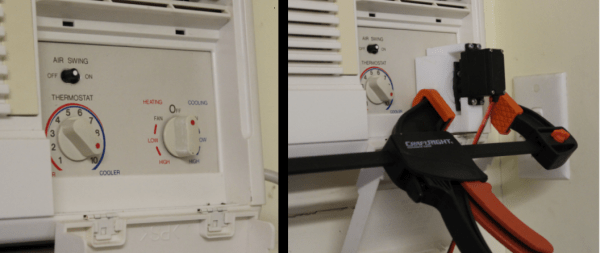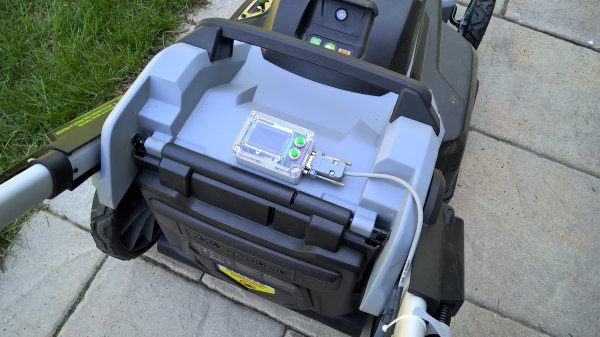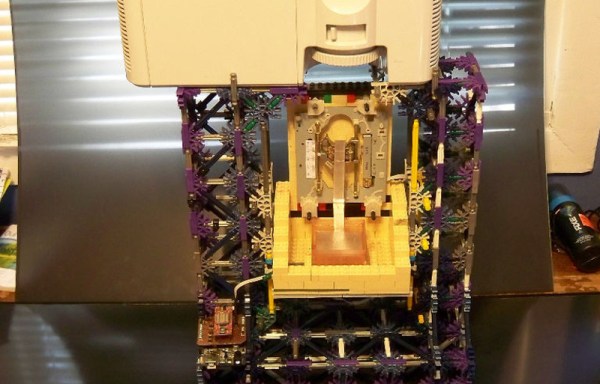In the annals of hackerspace history, there’s one space that stands above the rest. It’s c-base, the crashed spaceship below Berlin that’s also one of the first hackerspaces in the world. Before NYC Resistor, Noisebridge, and every other building filled with tools and cool people, there was c-base.
Although the Hackerspace movement has only been around for a little less than a decade now, c-base itself is much, much older. It was founded way back in 1995, marking this year as the second decade of c-base’s existence. A few of the members of c-base are celebrating this occasion by publishing a book on the vast and storied history of their hackerspace.
The mythology of c-base includes a space station crashing in the middle of Berlin, with the giant, famous disco ball in Berlin being the station’s antenna. Yes, it’s weird, but all good hackerspaces have some sort of irreverent mythos surrounding them. The c-booc will document the twenty year long excavation of the space station, chronicling how this hackerspace came to be.
The booc is a Kickstarter project, and if funded, will be available for pickup at the Chaos Communication Camp this August
























